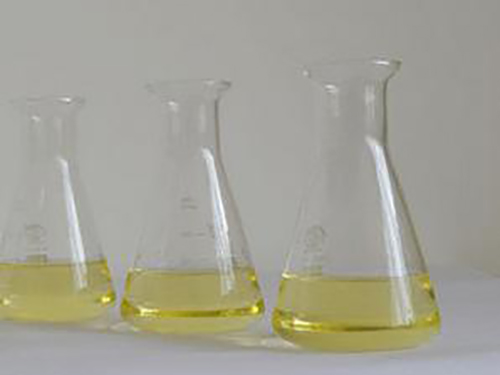coagulation and flocculation
Coagulation and Flocculation Essential Processes in Water Treatment
Coagulation and flocculation are critical processes in water treatment, especially for the removal of suspended solids, colloids, and other turbidity-causing particles in drinking and wastewater. These processes work hand in hand to improve water clarity and quality, ensuring it is safe for human consumption and environmental discharge.
The primary purpose of coagulation is to destabilize colloidal particles suspended in water. Colloids are small enough to remain suspended but large enough to cause turbidity. They possess a negative electrical charge that keeps them apart, preventing sedimentation. Hence, coagulation involves adding chemical agents, known as coagulants, to the water. Common coagulants include aluminum sulfate (alum), ferric sulfate, and polyaluminum chloride. These chemicals neutralize the negative charges of the particles, allowing them to clump together, or coagulate, into larger aggregates.
Once the coagulation process starts, the goal is to facilitate flocculation. Flocculation is the gentle mixing of the water to encourage the aggregated particles, now referred to as flocs, to join together into larger, more easily removable pieces. This process typically involves the use of mechanical mixers or slow stirring to minimize breaking apart the delicate flocs. The key here is to find the right balance of mixing speed and time to optimize floc formation without disrupting the aggregates.
Properly executed coagulation and flocculation significantly enhance the efficiency of subsequent treatment processes like sedimentation and filtration. In sedimentation, the heavier flocs settle at the bottom of the treatment tank, resulting in clearer water above. The settled material, known as sludge, can then be removed and treated separately.
coagulation and flocculation

Flocculation also improves the performance of filtration systems. When larger flocs are formed, they can be more easily captured by filter media, thereby enhancing the filtration efficiency. This is crucial in ensuring that pathogens, organic matter, and smaller particulates do not pass through the treatment system and contaminate the finished water.
Another important aspect is the selection of coagulants and their dosages. Factors such as water temperature, pH, and the types of impurities present must be carefully assessed to determine the most effective treatment strategy. Overdosing can lead to excessive sludge production, while underdosing may result in inadequate removal of particles.
In addition to drinking water treatment, coagulation and flocculation play significant roles in industrial processes, wastewater treatment, and even in the treatment of stormwater. In industrial settings, these processes ensure that effluents meet regulatory standards before being discharged into the environment. For stormwater management, they help in removing pollutants and sediments that could harm aquatic ecosystems.
Additionally, advancements in technology may lead to the development of more effective coagulants and flocculants, including natural and organic options. These innovations could enhance the efficiency of the treatment process while reducing the environmental impacts associated with chemical usage.
In conclusion, coagulation and flocculation are integral to modern water treatment systems, contributing greatly to improving water quality. By effectively removing suspended particles, these processes ensure safe drinking water and protect environmental health. Continuous research and development in this field will likely lead to more efficient and sustainable practices, ultimately ensuring access to clean water for future generations.
-
Water Treatment with Flocculant Water TreatmentNewsJun.12,2025
-
Polymaleic AnhydrideNewsJun.12,2025
-
Polyaspartic AcidNewsJun.12,2025
-
Enhance Industrial Processes with IsothiazolinonesNewsJun.12,2025
-
Enhance Industrial Processes with PBTCA SolutionsNewsJun.12,2025
-
Dodecyldimethylbenzylammonium Chloride SolutionsNewsJun.12,2025





